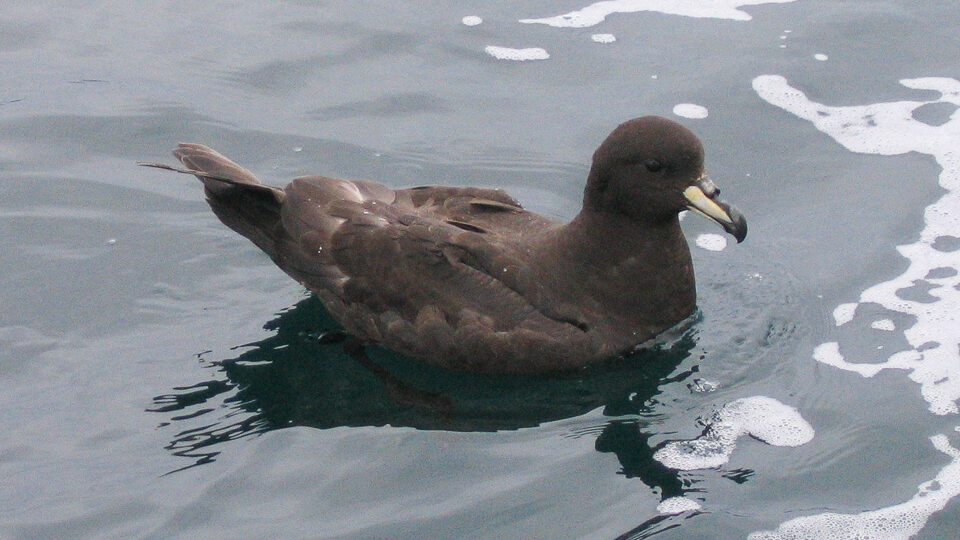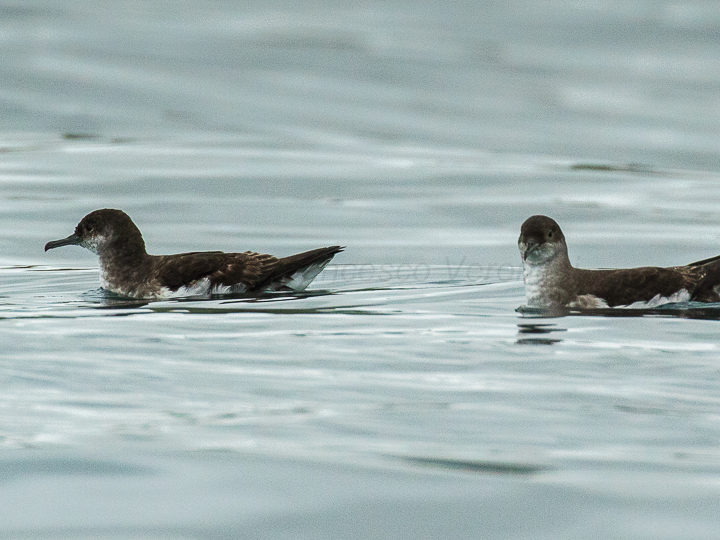For thousands of New Zealand’s sub-Antarctic mice, their sojourn on the Antipodes is almost over. Endemic beetle and moth populations will finally get a chance to recover and nesting seabirds will be free of encroaching rodent harassment.

The Million Dollar Mouse operation has put the spotlight on island eradications, but what exactly happens on islands once introduced predators have been removed?
Firstly, a 2014 paper by Rachel Buxton et al, published in Conservation Biology. This research looks at what the drivers of seabird population recovery on New Zealand islands are.

When introduced predators envelop an island, seabird populations are typically either drastically reduced or locally extinguished. The whole dynamics of the island ecosystem can be changed. But when those introduced predators are removed, will seabirds return to the predator-free island of their own accord now that safe nest-sites are available? If there is a surviving remnant population, will growth in that population now be sufficient to repopulate the island to previous levels? If seabirds no longer breed on the island, will human intervention be needed to reintroduce species that were previously found there?
Buxton et al used a model of seabird colony growth to identify key predictor variables for recovery or recolonisation and found that the most influential variable with respect to recolonisation, was the distance of the predator-free island from another source population. If there were other islands within a 25km radius where the seabird species was still breeding, then it was likely to recolonise of its own accord. There were few instances in New Zealand, of a species recolonising from further than 25km away, the researchers stated.
If a remnant colony was still present, the recovery ability of that colony was found to depend on how the wider population of that species was doing. If the species was in decline generally, there was likely to be little colony growth on the predator-free island.
According to the researchers, natural recovery of island populations after predator eradication has been little studied and “the mechanisms of population response are poorly understood”. They believe that findings such as their own “may facilitate the prioritization of newly predator-free islands for active management”, and conclude that: “in order to guide management strategies, more effort should be allocated to monitoring wildlife response after eradication.”
The abstract is freely available and the full article available for rent or purchase: Drivers of Seabird Population Recovery on New Zealand Islands after Predator Eradication (2014)
Rachel Buxton again collaborated with other New Zealand researchers in a study just recently published in the New Zealand Journal of Ecology which looks at changes in burrow-nesting petrel colonies after rats have been eradicated from their islands.
Petrels are key contributors to island ecology. When present in large numbers, their guano provides nutrients and their burrows provide ground disturbance. Thus they are ‘engineers’ within their island ecosystem. But because petrels nest in burrows and live in colonies, they are also very vulnerable to rat predation. The availability of suitable nesting sites also restricts the location and size of their colonies.
So what happens once the rats are gone? The researchers used burrow density “as a proxy for relative abundance” and tested whether petrel colonies increased in density or area after rat eradication. Their field of study encompassed a range of time-periods since rat eradication from one to 26 years (five islands), along with two islands that had never had rats and one island where rats were still present.
The researchers hypothesised that: “when rats are present or were recently removed, birds will recruit into remnant colonies, making burrows clustered in distribution, burrow area limited, and burrow density low. As time passes after eradication, more birds recruit, and colonies grow; burrow density will increase and eventually colonies will expand in area and burrows will become less clustered in distribution.”
After controlling for the availability of suitable nesting habitat they found that: “mean burrow density increased with time since rat eradication. Burrows remained clustered (i.e. spatially structured), but became more randomly distributed on islands with more time since eradication. Point density mapping indicated that colony extent increased with time since rat eradication, with colonies filling over 70% of surveyed areas on islands by 25 years after eradication.”
They interpreted this increase in burrow density and colony area, but maintenance of clustered distribution to mean that during the colony expansion that followed rat eradication, both positive and negative density-dependent factors were operating. Positive effects were likely to be dominant initially as increased density of a small colony made it easier to find a mate, for example. But as the colony grew, negative density factors were likely to become increasingly important – such as aggression between birds and competition for the best burrow sites.
“Understanding patterns in petrel colony recovery is important,” according to the researchers, “not only due to the indispensable role of petrels as island ecosystem engineers, reflecting the recovery of ecosystem functioning, but also to help guide post-eradication monitoring strategies.”
The full research account is published in the New Zealand Journal of Ecology and is freely available: Spatio-temporal changes in density and distribution of burrow-nesting seabird colonies after rat eradication (2016)

